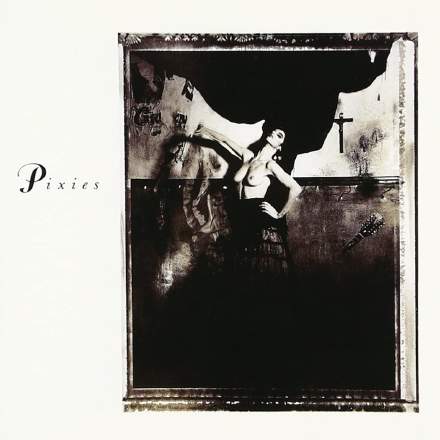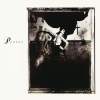
Following the sad news of Steve Albini’s death, I found myself returning wistfully to his seminal early production of the Pixies’ album Surfer Rosa. What I hadn’t realised until recently, though, was that this song was actually recorded and mixed a second time by producer Gil Norton as a radio single at the behest of the record label – and it’s fascinating to compare the two versions, because the two men’s visions for the record are so very different. (You can hear Norton’s version on the Wave Of Mutilation compilation.)
With Albini’s album version, we’re clearly getting something much more rock-oriented, with huge, weighty kick and snare sounds, thick and abrasive guitars, and a comparatively tucked-in vocal to avoid undermining the illusion of power from the band. Although Albini has something of a reputation for using plenty of room sound on drums, I get the sense that the kick and snare are both quite tightly controlled in terms of sustain, which means that the close-mic signals can keep the main beats sounding tight and punchy nonetheless. The fairly low snare tuning is another key factor here, giving the backbeat real power and drive, and its comparative stature is only helped by contrast with the restrained and fairly distant-sounding hi-hats and cymbals.
Gil Norton’s sound, on the other hand, feels rather lightweight by comparison, with a higher-pitched snare; less low end on the kick, bass, and guitars; and more of an emphasis on the hi-hat and cymbals – and I’m not sure the louder hi-hat flatters the prechorus texture either, as its slightly fussy figurations at that level feel like they’re bogging down the groove to my ears. It’s also very clear that Norton is aiming for a more mainstream ‘radio-friendly’ sound with his more homogeneous layered guitar and backing-vocal textures during the choruses, the more upfront and stereo-widened lead vocal sound, and the strong midrange presence given to the bass line’s melodic riff.
Now, it would be easy to dismiss Norton’s vision as robbing the band of power and sacrificing some of their emotional authenticity in pursuit of production polish. But if you compare the two mixes under the kinds of bandwidth-restricted and broadcast-limited playback conditions that most radio listeners experienced in the late 80s, I reckon that the dense and controlled midrange texture of Norton’s mix delivers the main musical material of the song more strongly and retains a better illusion of power than Albini’s. So it’s a definite case of horses for courses.
Not that I don’t have a few unanswered questions about both productions. Why has Albini chosen to pan Kim Deal’s lead vocal off to the right? Why does Norton have her so much quieter in the first verse than in the second? And why are both mixes rather narrow-sounding? With Albini, it seems like a wasted opportunity when mono-compatibility wouldn’t surely have been a huge concern; and with Norton, I’d have thought a wider stereo spread for some of the guitar layers would have played well with headphone listeners, especially if he’d used that added width to add extra arrangement drama for the choruses.










